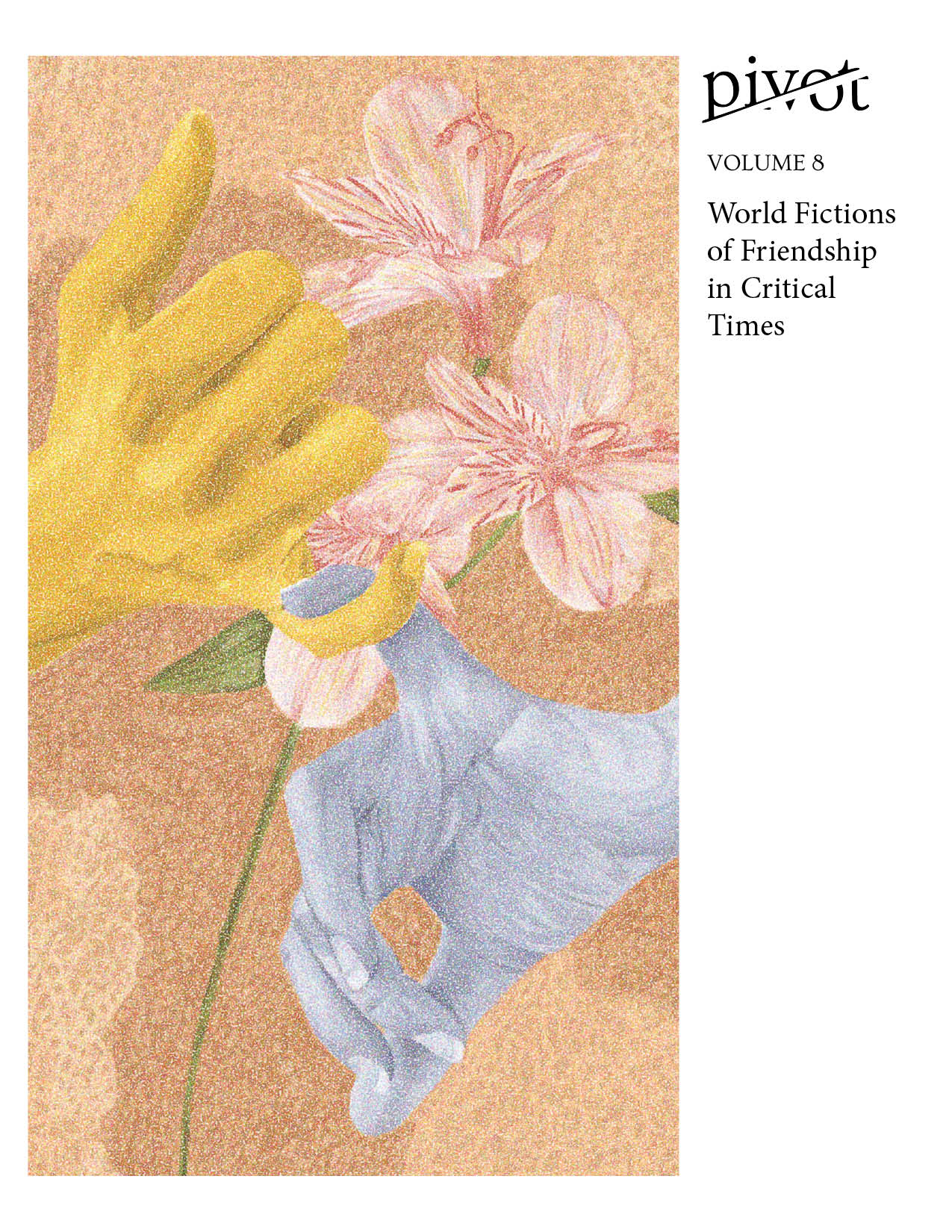From Collective Amnesia to Shared Responsibility: Bridging Trauma in Haruki Murakami’s Kafka on the Shore
DOI:
https://doi.org/10.25071/2369-7326.40328Abstract
In Kafka on the Shore (2002/tr.2005), Haruki Murakami explores the ambiguities surrounding Japan’s traumatic history and its lingering impact on contemporary generations. In the form of two parallel narratives, Kafka on the Shore juxtaposes the story of Kafka Tamura, a fifteen year-old runaway searching for his mother, with that of sixty year-old Satoru Nakata, a man who lost his memory in a strange episode during WWII. Initially isolated, both characters leave Tokyo for Shikoku (the smallest of Japan’s main islands), only arriving at their destination after accepting the support of others. Reaching across generational shores, friendships are used in the text to bridge the gap between past and present, personal trauma and collective amnesia. As affective gestures established outside traditional communities of belonging, these friendships teach characters new ways of interpreting their painful past, while allowing readers to reflect on their own sense of shared responsibility.
References
Works Cited
Barthes, Roland. “The Reality Effect.” The Rustle of Language. University of California Press, 1989, pp. 141-148.
Foucault, Michel. “Friendship as a Way of Life.” Ethics: Subjectivity and Truth. The New Press, 1998, pp. 135-140.
Murakami, Haruki. Kafka on the Shore. Vintage International, 2005.
Thiem, Jon. “The Textualization of the Reader in Magical Realist Fiction.” Magical Realism: Theory, History, Community. Duke UP, 1995, pp. 235-248.
Downloads
Published
Versions
- 2022-08-31 (2)
- 2022-07-20 (1)


